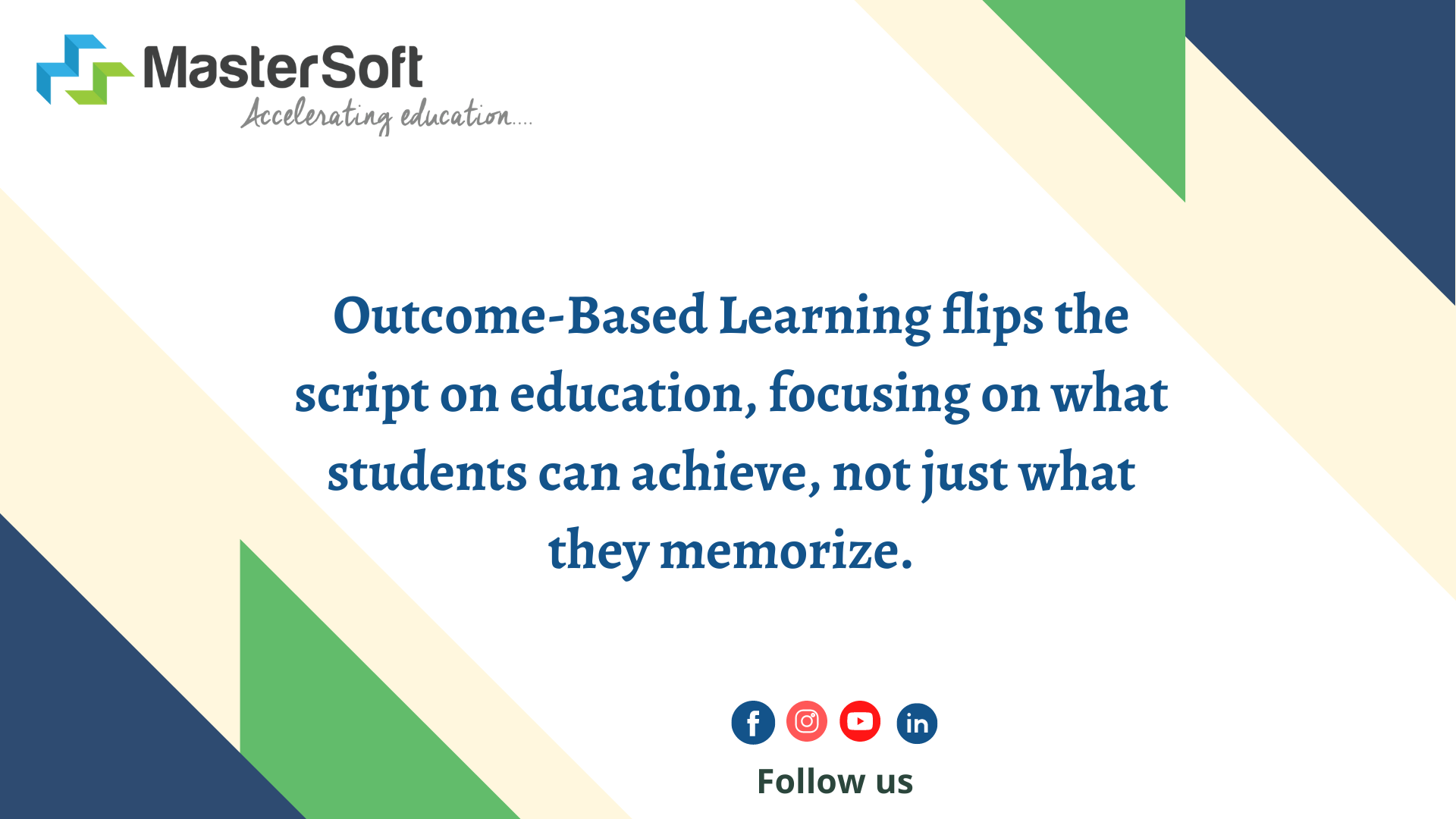For decades, education has largely focused on content delivery and assessment of that content. Students were expected to absorb information and demonstrate their understanding through exams and tests. However, a new paradigm is emerging: Outcome-Based Education (OBE). This approach fundamentally shifts the focus from “what is taught” to “what students can do” by the end of the learning journey.
1. Redefining Education: From Content to Outcomes
Traditional education often resembles a one-size-fits-all approach. Teachers deliver a set curriculum, and students are evaluated on their ability to recall and regurgitate information. OBE flips this script. The emphasis is on clearly defined learning outcomes – what students are expected to know, understand, and be able to do upon completion of a course or program. These outcomes encompass not just content knowledge but also critical thinking, problem-solving, and communication skills – all essential for success in the 21st century.
2. Aligning Instruction with Outcomes: Design with a Purpose
In OBE, curriculum design takes center stage. Educators don’t simply pick a textbook and start teaching. Instead, they begin by identifying the desired learning outcomes. Then, they meticulously craft learning experiences – lessons, activities, assessments – that are specifically designed to help students achieve those outcomes. This ensures a clear connection between what is taught and what students are expected to learn.
3. Assessment as a Tool for Learning, Not Just Grading
Traditional assessments often focus on a single point in time – the day of the exam. OBE reimagines assessment as a continuous process. Teachers utilize a variety of assessment tools – projects, presentations, portfolios, self-reflections – to gauge student progress throughout the learning journey. This ongoing feedback allows students to identify their strengths and weaknesses, and teachers to adjust their instruction accordingly. Assessment becomes a tool for learning, not just grading.
4. Transparency and Clarity: Setting Expectations for Success
OBE fosters transparency and clarity in the learning process. Students clearly understand what is expected of them – the specific knowledge, skills, and abilities they need to master. This empowers them to take ownership of their learning and actively participate in achieving their goals. Teachers, too, benefit from clear learning outcomes. They have a roadmap for their instruction, ensuring they are focusing on the most relevant and impactful content and activities.
5. Beyond the Classroom Walls: Real-World Application in Focus
OBE encourages educators to design learning experiences that connect to the real world. Students don’t just learn abstract concepts; they grapple with problems, apply their knowledge to practical situations, and develop skills that are relevant beyond the classroom walls. This could involve projects that address real-world challenges, case studies that mimic real-world scenarios, or internships that provide practical experience.
6. Cultivating Lifelong Learners: Empowering Students to Take Charge
OBE fosters a growth mindset in students. They learn to see themselves not as passive recipients of information, but as active participants in their own learning journey. Through ongoing assessment and feedback, students develop self-reflection skills and learn to independently monitor their own progress. This empowers them to become lifelong learners, capable of adapting and thriving in a rapidly changing world.
7. Collaboration and Continuous Improvement: A Systemic Approach
OBE isn’t just about individual teachers implementing new practices in their classrooms. It’s a systemic approach that requires collaboration at all levels. Departments work together to ensure alignment between courses, programs, and overall institutional learning outcomes. Faculty development programs equip educators with the skills and knowledge to design effective OBE-based learning experiences. Continuous improvement is also key. Data from assessments is used to fine-tune learning outcomes, curriculum, and instructional practices.
8. The Future of Learning: Personalized and Empowered
OBE isn’t a silver bullet, but it represents a significant shift in the educational landscape. By focusing on what students can do, OBE personalizes the learning experience, empowers students to take ownership of their learning, and equips them with the skills and knowledge they need to thrive in the 21st century. As OBE continues to evolve, we can expect to see even more innovative and effective ways to ensure that all students reach their full potential.
Read More Blog Here


